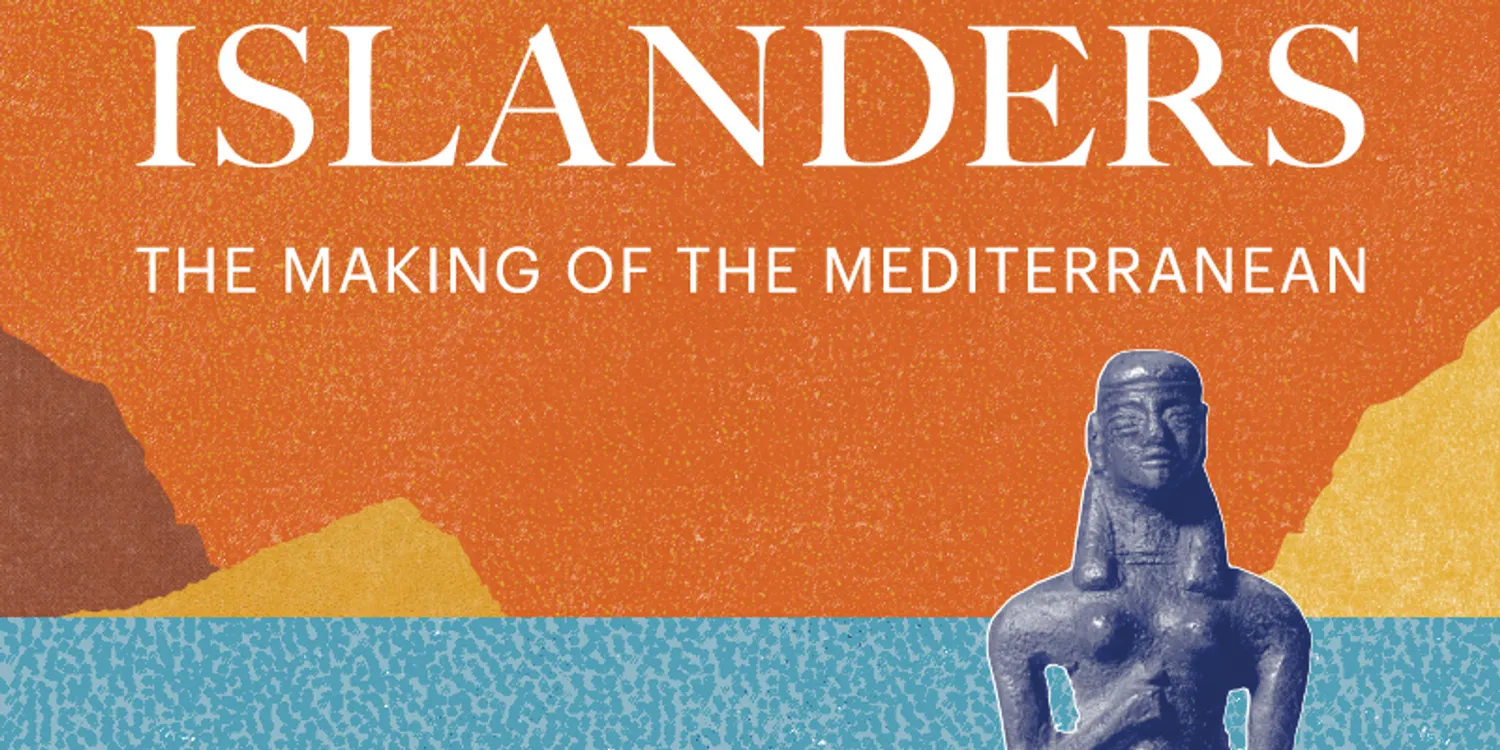24/02/2023 - 04/06/2023
4,000-year-old Mediterranean cultural treasures go on show in the UK for the first time
Throughout history, islands have been romanticised as remote places quite unlike the mainland. A majornew exhibition Islanders: The Making of the Mediterranean (24 February – 4 June) will transport visitors back 4,000 years to the islands and sea of the ancient Mediterranean. It will bring to the UK an unprecedented group of over 200 antiquities on loan, most for the first time, from three of the largest Mediterranean islands – Sardinia, Cyprus, and Crete - to demystify the identity of island life and show thatthe evolution of the Mediterranean world was defined by how connected the islands were across three millennia.
These extraordinary loans will reveal lost island civilisations of trading powers across the Mediterranean that far from operating in isolation, actively sought out new markets to bring the islands wealth and materials to advance their cultures.
Sardinia’s famous bronze votive figurines (bronzetti) will be on loan to the UK for the first time from the National Archaeological Museum of Cagliari. The lost 4,000-year-old Nuragic civilization of Sardinia, lasted from the onset of the second millennium BCE (ca. 2000- 1800 BCE) to the Roman colonisation (238 BCE). While the Nuragic civilisation may be extinct and stories of their history now the stuff of legends, the magnificent material culture they left behind is testament to a mighty island society. No written records of this civilisation have been discovered, it is only through its ancient burial grounds that have yielded up countless unique bronze figurines, that their mythological and religious identity can be understood. Nuragic bronze figurines represented warriors with helmets with long curved horns,animal-headed ships, and imaginary entities belonging to a unique culture.
All details can be found at https://www.fitzmuseum.cam.ac.uk/visit-us/exhibitions/islanders
